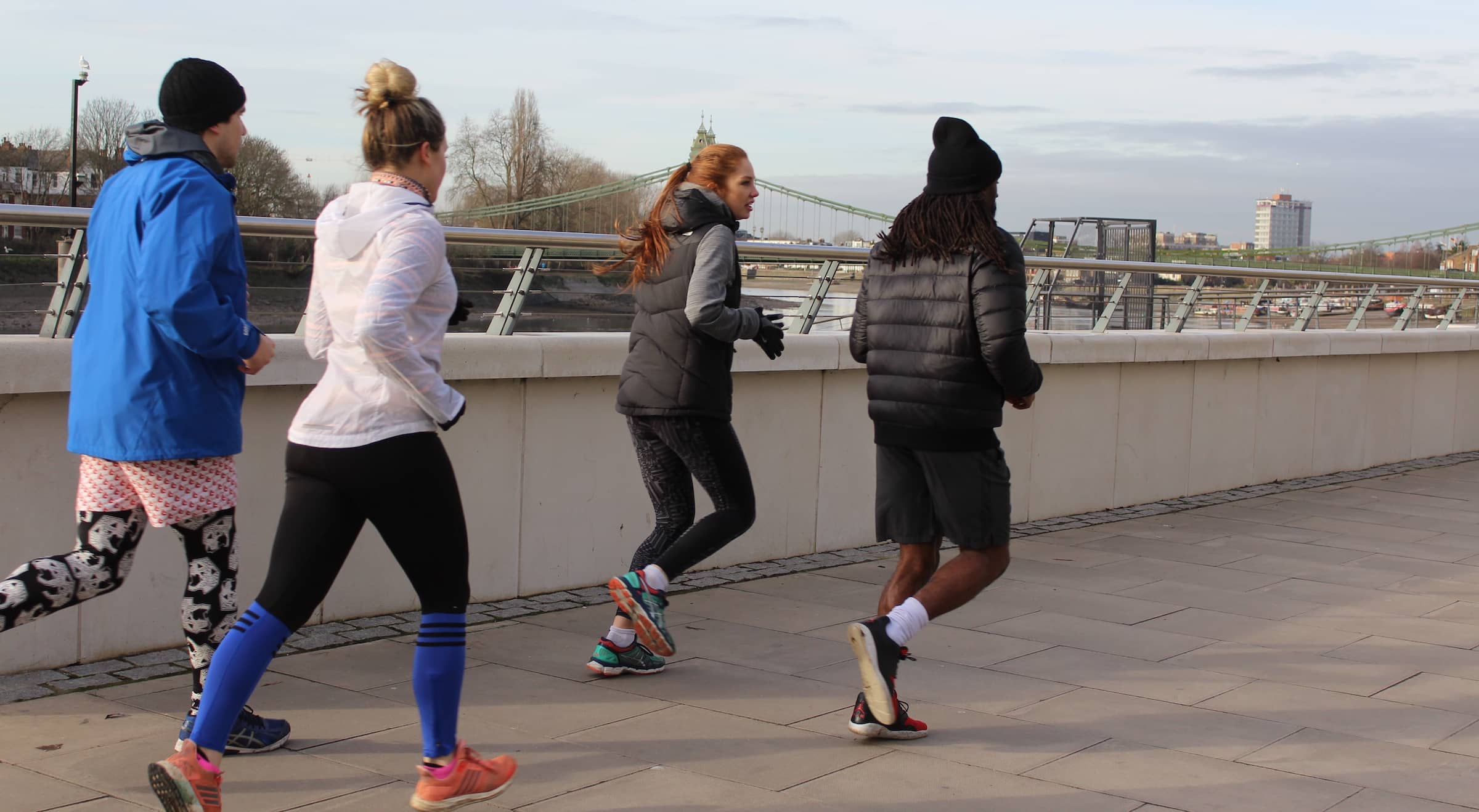New data from Sport England’s Active Lives survey shows activity levels in London have not yet recovered to their pre-pandemic levels.
The data, which covers a period of significant covid-19 constraints (November 2020 to November 2021) saw activity levels remain similar to the previous year.
In London, 62.4% (~4.5m) of the population are considered active, meaning they are currently achieving the Chief Medical Officer’s recommended 150+ minutes of physical activity every week.
This means 37.6% of the capital are not doing the recommended amount of physical activity with over a quarter (26.4%) listed as ‘inactive’ for doing less than 30 minutes of moderate-intensity exercise each week.
The findings suggest that London remains less active than prior to the pandemic when 64.5% of Londoners were hitting activity guidelines and 23.8% were classed as inactive.
The percentage of Londoners who are active remains slightly above the national figure of 61.4%, however, there remain stark differences in activity levels across London, with many boroughs seeing an increase in inactive residents, including the City of London (+10.9%), Hackney (+7.8%) and Kensington and Chelsea (+6%).
Nationally, the pandemic has exacerbated the inequalities with least affluent, Asian people, disabled people, and people with long-term health conditions all less likely to be active than other groups.
More detailed data for different demographics in London is expected in the coming weeks.
London Sport Chief Executive Emily Robinson said:
“Unfortunately, these results show there is still a long way to go before we fully recover from the pandemic. However, I’m grateful to all our partners who continue to work so hard to support people to lead healthier, happier lives through physical activity.
“With more than a third of Londoners not meeting the recommended physical activity levels we clearly need to target our investment and resources into groups and areas of highest need.
“We must all work together to play our part for London, focussing on key issues including tackling the stark inequalities we see across the city, using technology to help more people be active, and ensuring every community has access to safe spaces and facilities.”
Sport England’s Chief Executive Tim Hollingsworth said:
“The Active Lives report shows how activity levels are starting to recover. That’s a testament to the dedication of all of those who worked so hard to bring activities back safely when restrictions started to be eased.
“Though this report clearly sets out the many challenges that lie ahead in supporting people to play more sport and lead more active lives, the key investments and resources we were able to provide during the harshest of restrictions also played an important role in helping sports get back on their feet.
“That the data tells us that this initial recovery is not universal is not a surprise and that is exactly why our Uniting the Movement strategy focuses resources and funding disproportionally towards the people and places that need the most support to be active.”
